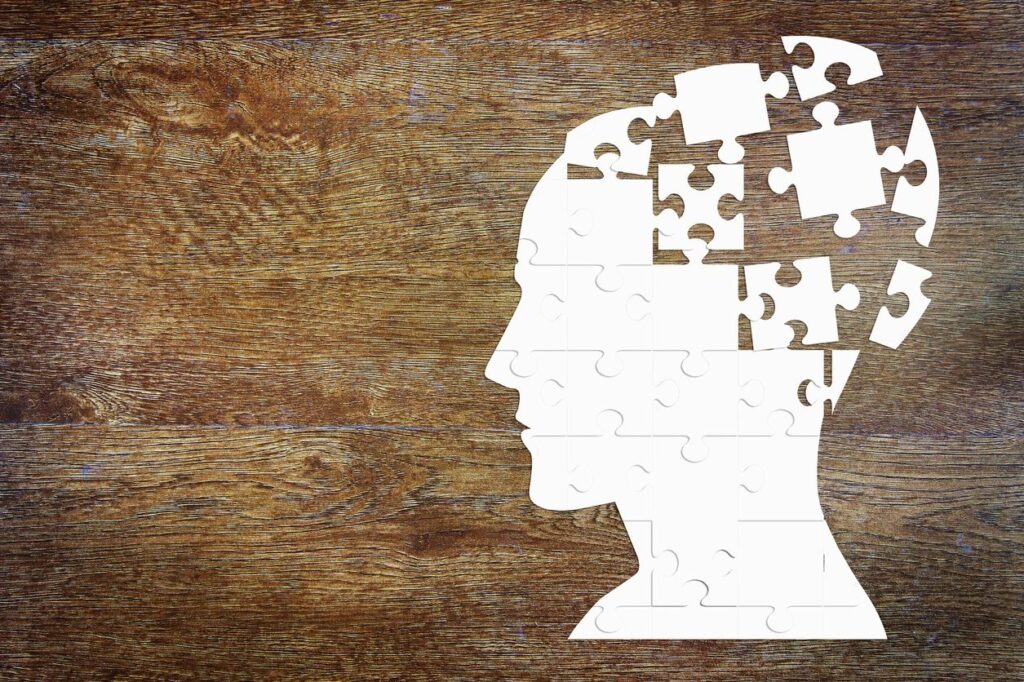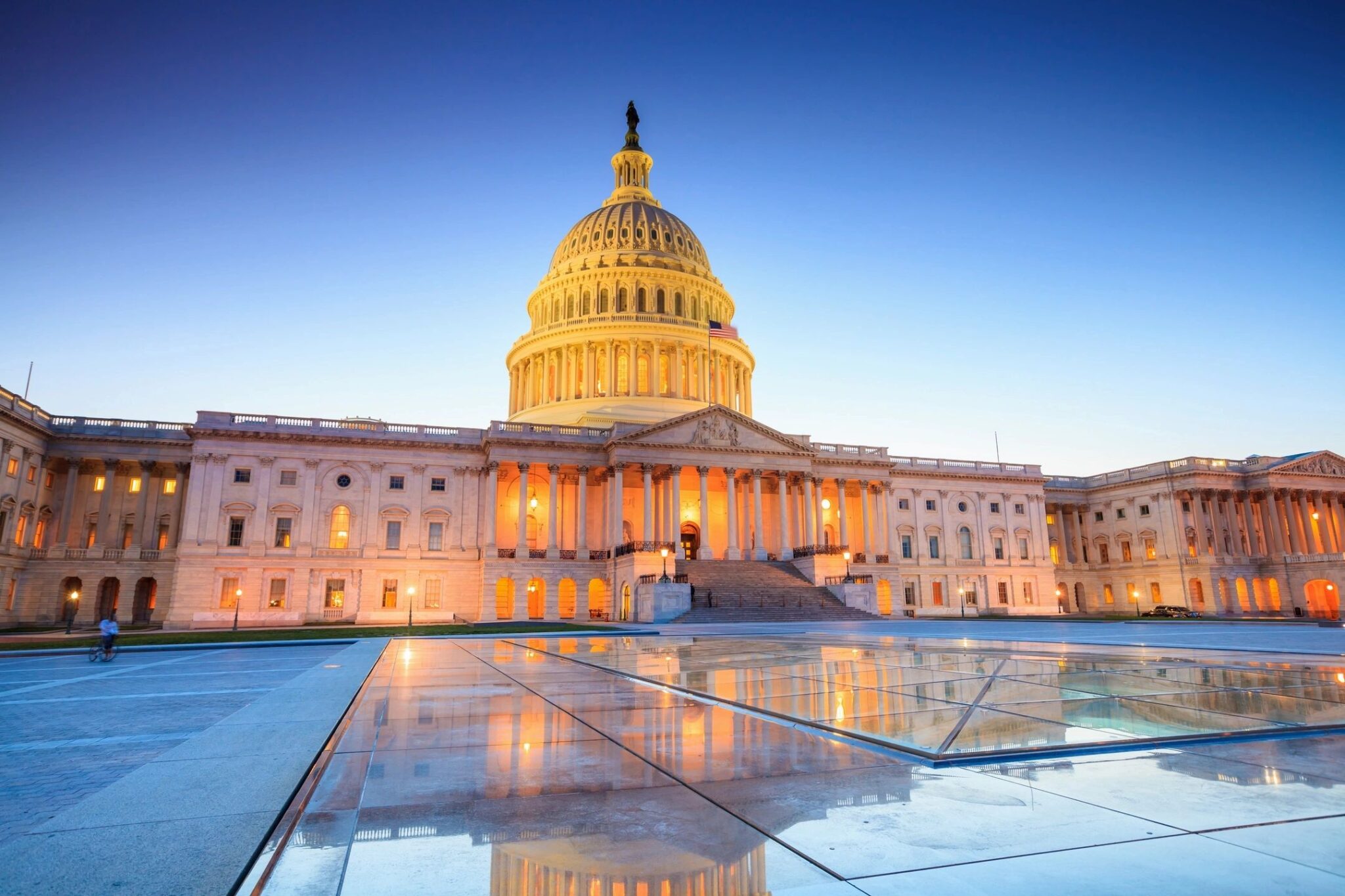Join Dr. Jonathan Trinastic as he investigates four major science policy challenges facing the public and discusses how the US federal government can work with scientists to find equitable, just, and sustainable solutions. We hope you will enjoy these and stay tuned for more articles exploring all the ways in which science informs the difficult choices our governments at all levels must make to allow all citizens to lead productive and healthy lives.
Why Science Policy?
Five minutes and 27 seconds. That’s the length of time that climate change was discussed across the three presidential debates of 2016, amounting to just 2 percent of the total debate time. Although outrage over this scant time has quickly spread, it may be more surprising how little time is spent discussing science as a whole in presidential campaigns. Scientific progress is closely tied to issues close to most citizens’ hearts, such as technological innovation, economic growth, health care, and national security. Where, then, was the discussion of CRISPR, a new gene-editing technique whose possible uses raise a host of unanswered ethical questions? Where was the debate about how to adapt to the sea level rise already causing floods in Miami and along the East Coast? Where was a conversation about the dangers of antibiotic-resistant pathogens and how to leverage basic science funding to expedite solutions?
We could largely blame the media for failing to raise questions around these scientific issues and their integral role in policy making. Some citizens are trying to change this lack of focus. ScienceDebate provided 20 scientific questions to presidential candidates in 2016 and encouraged them to join live science debates. On the other hand, the duty falls to us to become more educated about how science impacts policy on many diverse fronts so that we, as an informed public, can hold our candidates responsible for holding informed discussions.
RELATED: ENVIRONMENTAL POLICY MATTERS WITH SCIENCE DEBATE
With this goal in mind, Dr. Trinastic is going to discuss the ways that science intersects with policy—directly affecting our lives. This four-part series of articles covering four major issues facing the public and discusses how the federal government can work with scientists to finding equitable, just, and sustainable solutions. We hope you will enjoy these and stay tuned for more articles exploring all the ways science informs the difficult choices our governments at all levels must make to allow all citizens to lead productive and healthy lives.
SCIENCE POLICY CHALLENGES, PART ONE: A RISING SEA

Miami Beach, Florida, recently decided to spend $400 million to elevate seawalls, raise city streets, and build more water pumps. Why? Sea levels have risen so high in the Miami area that slightly higher tides or short bursts of rainfall can now cause significant flooding. This “sunny day flooding” by ocean water routinely damages basements and cars, clogs sewer drains, and overwhelms drinking-water wells with salt.
RELATED: NUISANCE FLOODING MAY COST MORE THAN EXTREME STORMS
SCIENCE POLICY CHALLENGES, PART TWO: A STRAINED ELECTRICAL GRID

Cybersecurity isn’t the only new challenge for a 21st century electrical grid. As more renewable sources like wind or solar come online, these intermittent forms of energy will require a different infrastructure. As American power demand shifts to renewable energy, and security risks evolve, the federal government can play a critical role in ensuring a smooth transition to a secure and modernized electrical grid.
RELATED: SMALL STEP FOR BATTERIES, GIANT LEAP FOR ELECTRIC CARS
SCIENCE POLICY CHALLENGES, PART THREE: THE AGING BRAIN

As brain-related diseases increase the burden on governmental health programs such as Medicare, Congress and federal agencies will need to make important choices in the years to come about how to support basic brain research.
RELATED: HOW AND WHY DO BRAIN CELLS DIE?
SCIENCE POLICY CHALLENGES, PART FOUR: INFORMATION OVERLOAD

Information overload has become a common experience. Every week, our computers manage more than 23 exabytes of data. What challenges do researchers face with such an overwhelming amount of information?
RELATED: QUANTUM COMPUTERS COMING SOON

—Dr. Jonathan Trinastic earned his PhD in physics at the University of Florida. He is interested in renewable energy technology and sustainable energy policies, as well as living by Ernst Schumacher’s mantra that “small is beautiful.” Read more of Jonathan’s work at his personal blog, Goodnight Earth, and follow him on Twitter @jptrinastic. All views expressed are solely his own and do not reflect those of his employer.




